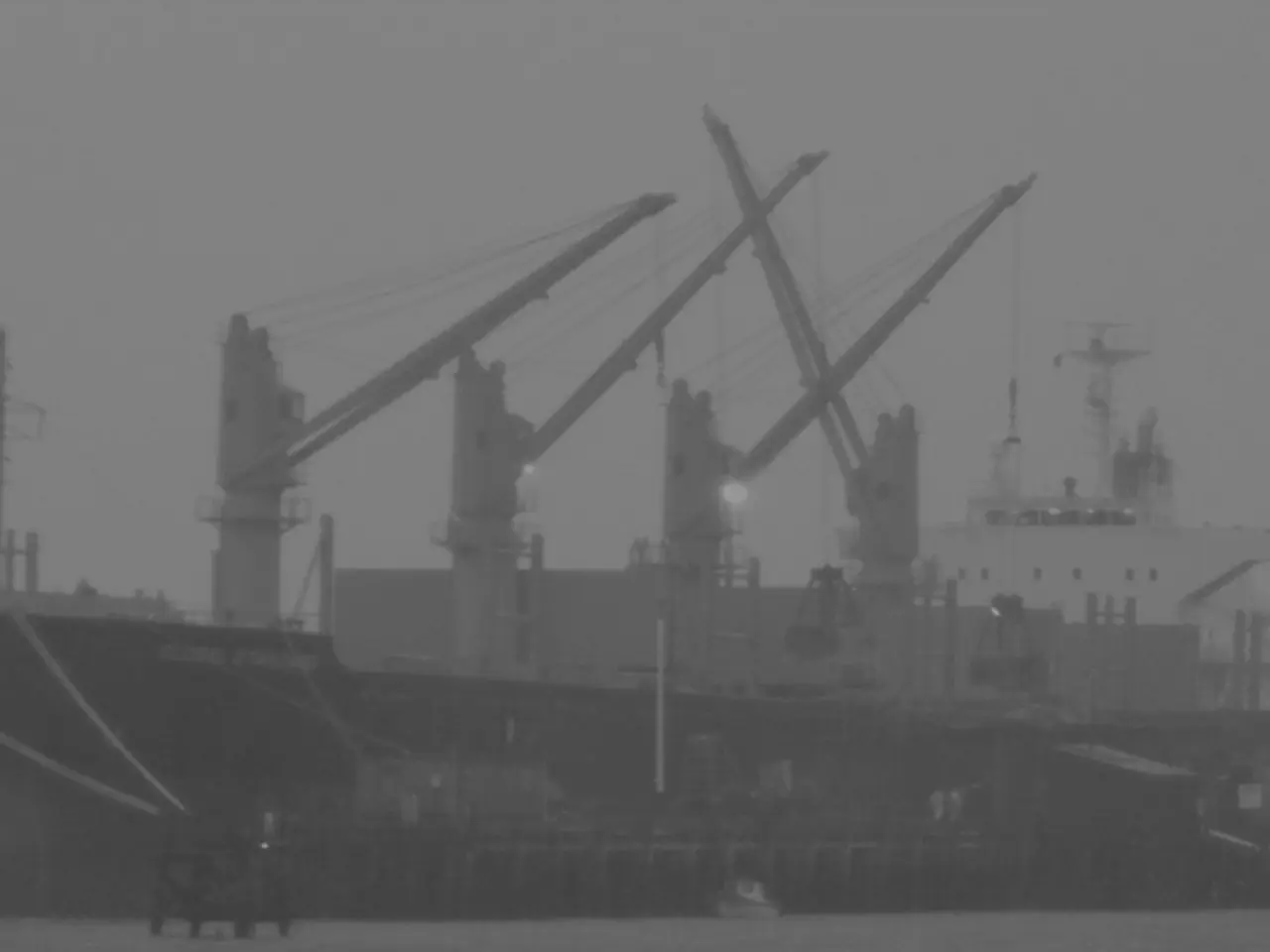Exploring the Intersection of Marine Law and Technology: Overcoming Contemporary Obstacles
The maritime industry is undergoing a significant transformation, with the emergence of autonomous vessels and advances in navigation and communication technology reshaping the landscape. This evolution necessitates adaptations in admiralty law, the legal framework governing disputes related to navigation and shipping on the high seas and navigable waters.
Admiralty law, also known as maritime law, is being re-evaluated to address issues surrounding liability, regulatory compliance, and vessel classification in the context of autonomous vessels. Traditional legal principles are being reassessed to ensure they remain relevant in the face of new challenges.
One of the key technological innovations driving this change is the Electronic Chart Display and Information System (ECDIS). This system provides real-time data on a vessel's position and the surrounding maritime environment, enhancing navigational safety and efficiency. ECDIS enables precise route planning, taking into account factors like water depths, hazards, and traffic density.
Another crucial technology is the Global Positioning System (GPS), which allows for precise positioning in real-time. This has a significant impact on shipping routes and affects liability and jurisdictional considerations in the event of incidents at sea.
Communication technologies, such as VHF radios and satellite communication (SATCOM), play a vital role in ensuring quicker response times during emergencies. They facilitate effective communication between ships and shore-based authorities, enhancing safety and operational coordination, especially in remote maritime areas.
However, these technological advancements also present new challenges. For instance, the introduction of electronic documentation and contracts streamlines maritime transactions but raises questions about authenticity and enforceability under existing legal frameworks.
Cybersecurity is another area of concern. The increasing reliance on technology in maritime operations makes critical infrastructure vulnerable to malicious attacks, threatening the integrity of maritime operations. Robust cybersecurity strategies are essential to safeguard against such threats.
The International Maritime Organization (IMO) is at the forefront of developing regulations to clarify liability for accidents involving autonomous ships in the maritime sector. The IMO is also working on regulations to address cybersecurity challenges in maritime operations.
Recent developments in Automatic Identification Systems (AIS) have significantly transformed maritime operations for safety and efficiency. These include satellite AIS, enhanced data analytics, and machine learning algorithms.
Ongoing collaboration between legal professionals, maritime experts, and technologists is crucial to fostering the creation of comprehensive policies that adapt to these innovations. This collaboration ensures the safe and efficient operation of maritime activities in the future.
In conclusion, the future of maritime law involves reevaluating liability structures in light of autonomous vessels and creating robust legal protections for vessels and shipping companies against cyber threats. The continuous evolution of technology aids in regulatory compliance, ensuring adherence to safety protocols and contemporary standards of admiralty law and technology.
Read also:
- Development of Restaurant Apps: Expenses and Essential Elements
- Time is of the essence
- European transportation's sustainability and competitiveness rely on a "green industrial agreement" that serves the interests of both corporations and residents, as discussed in an Editorial from August 2024.
- Indian Oil Corporation's Panipat Refinery secures India's inaugural ISCC CORSIA accreditation for Sustainable Aviation Fuel production




